Are we one step closer to an invisibility cloak?
Researchers at the University of Bristol have demonstrated how to create artificial skin that can mimic the squid. The squid, as well as other cephalopods like the octopus and cuttlefish, can blend into their surroundings to hide from predators or sneak up on prey. The squid’s “Passing Cloud” camouflage technique (i.e., bands of color spread as waves across the skin) was simulated in the experiment. According to the researchers the implications are more than just avoiding your landlord, they noted that “It could also be used for signaling purposes, for example search and rescue operations when people who are in danger need to stand out”. More patterns are being studied in the future as well.
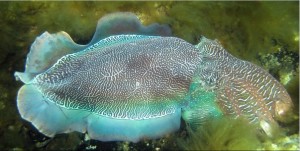
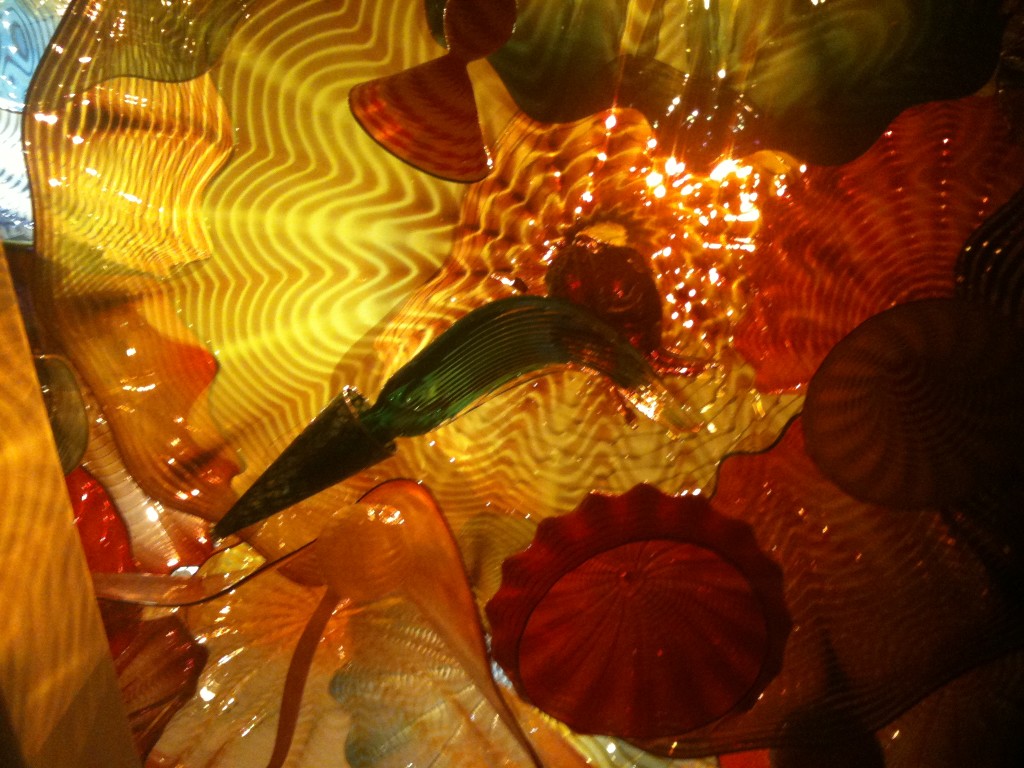
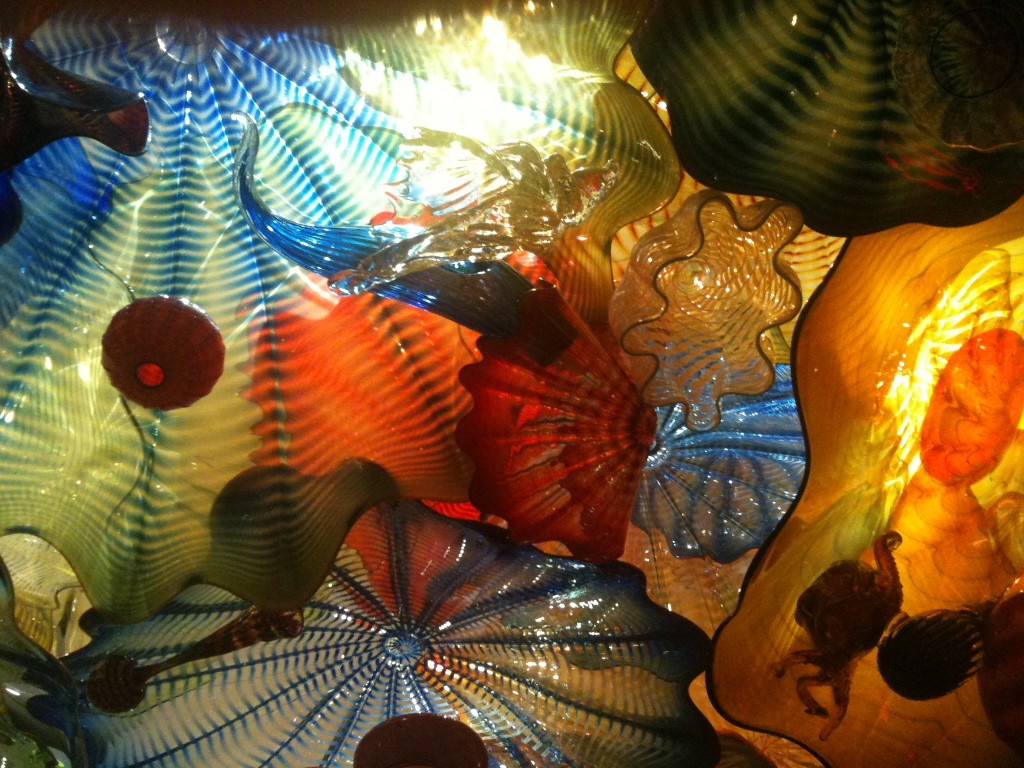
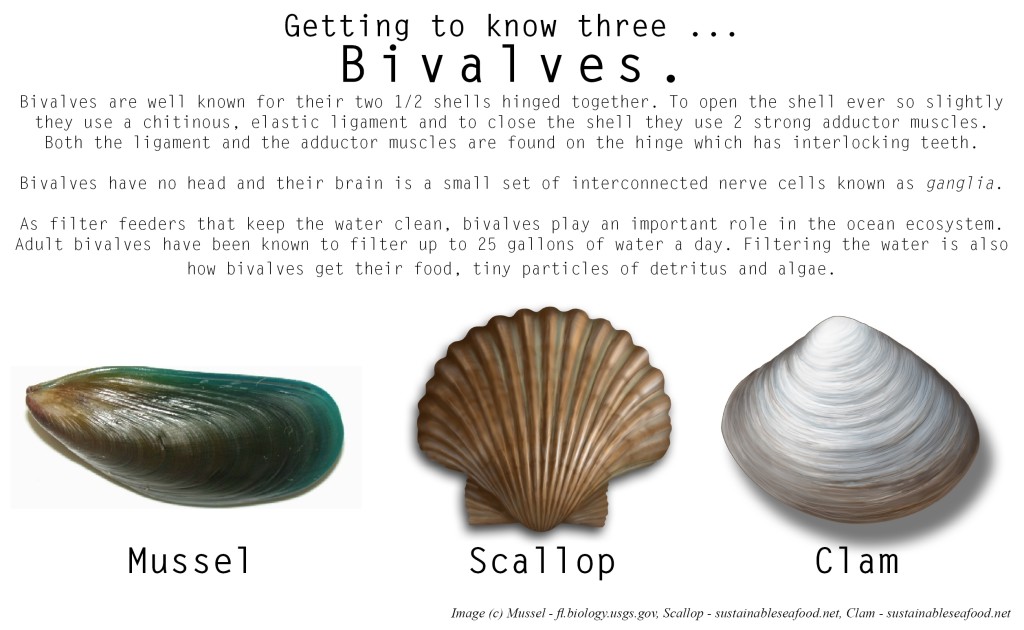





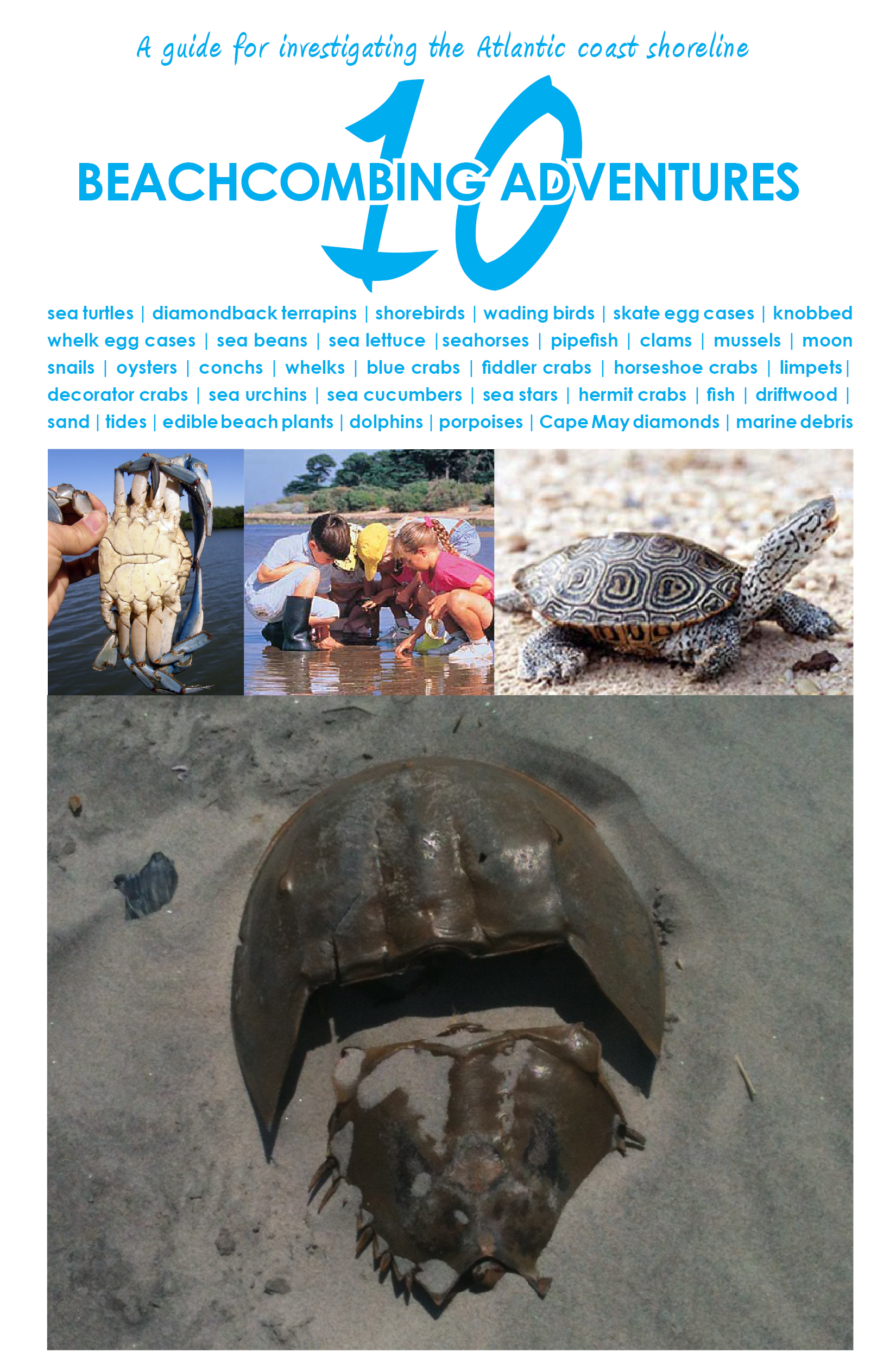

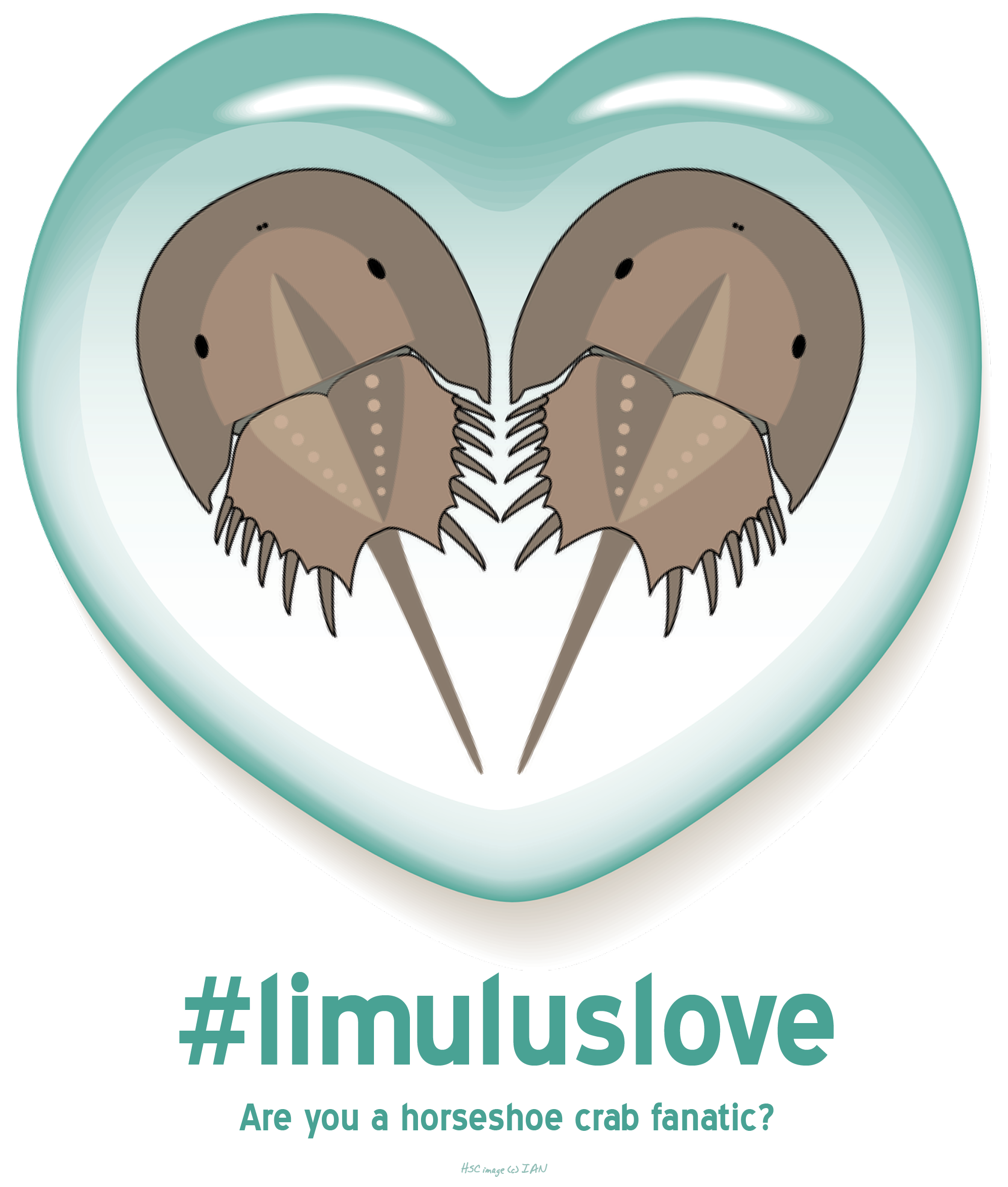
What people are saying …